Tech News
PS1-Era Horror Games Still Look Great Today, Here's Why
Key Takeaways
The original PlayStation is almost 30 years old, but many horror games from the era have aged surprisingly well. Whereas most other genres were grappling with the growing pains of 3D visuals, horror games effectively brought their terrifying worlds to life with one visual trick.
The Underappreciated Art of Pre-Rendered Backgrounds
In the early 90s, horror games and many other genres made the switch to 3D graphics. However, the hardware limitations of the PlayStation and Nintendo 64 prevented them from rendering highly detailed 3D environments, forcing most games to settle for low-resolution textures and simple level geometry. While this was fine for some genres, horror games maintained their atmospheric appeal through the use of a visual trick known as pre-rendering.
In most video games, 3D environments are rendered in real-time, meaning that the buildings and objects you see are full 3D models that the game is constantly processing during gameplay. Pre-rendering differs by converting 3D models into a 2D image, creating the illusion of a 3D space with highly detailed environments that are easier to render. Since pre-rendered backgrounds aren't as demanding on hardware, they also enable games to use character models with higher levels of detail.
Pre-rendered backgrounds weren't exclusive to the horror genre. Roleplaying games and point-and-click adventure titles such as Final Fantasy VII, PlaneScape: Torment, and Myst also used pre-rendering to deliver similarly stunning worlds.
However, horror games from this era featured arguably the best pre-rendered environments with their unforgettably haunting settings. Resident Evil may not have been the first horror game to use pre-rendered backgrounds—that honor belongs to Alone in the Dark from 1992—but every part of the Spencer Mansion still carries an unshakably tense atmosphere. Minor details such as pictures hung in the hallways or a used cutting board in the kitchen imbue the manor with an ominous, lived-in feeling.
Since pre-rendered environments are static 2D images, early 3D horror games often relied on fixed camera angles. But even this technical limitation became an iconic staple of the genre.
The fixed camera combined with immensely detailed backgrounds gives every locale a unique look and atmosphere. A constantly changing perspective lends these games a cinematic quality while also adding an extra layer of horror through the framing of a scene.
Some angles immediately place you on edge with claustrophobic framing and unnerving blind spots. Others lower your guard with deceptively mundane viewpoints that draw your focus away from the true threats.
Beyond their effectiveness in building scares, the best pre-rendered backgrounds are simply impressive to look at. Their careful framing and stunning (for the time) detail results in picturesque scenes that manage to be in equal parts stunning and creepy.
Whether it's through their sheer detail or their ability to deliver a sense of scale that can't be replicated with traditional 3D assets, pre-rendered backgrounds are an underrated art form of the video game medium.
Why Pre-Rendered Backgrounds Faded Away
Despite bringing gorgeous visuals to early 3D consoles, pre-rendered backgrounds didn't last for long. Video game graphics and hardware rapidly evolved with the dawn of the PlayStation 2, allowing 3D visuals to quickly catch up.
Some of the best looking games on the PS2 include horror classics such as Silent Hill 4, Fatal Frame III, and Haunting Ground, all of which utilize real-time 3D rendering and look far better than their PS1 predecessors.
More importantly, pre-rendered backgrounds limited the way you could experience horror games. Although many PS1 horror games used fixed cameras in creatively terrifying ways, 3D spaces allowed for more immersive perspectives.
Third-person and first-person cameras force you to step into the shoes of the protagonist, experiencing the game from a terrifyingly close and personal perspective. Turning around to see a murderous threat running directly toward you is far scarier than watching from the distance. Calmer moments can be just as unsettling when you're fully engrossed in a creepy setting, often leaving you waiting for something to jump out at any moment.
Even before horror games reached the PS2, many fans of the genre could already tell that pre-rendered backgrounds were on their way out. Silent Hill—released on the PS1 in 1999— used the low-resolution of its visuals to craft an unforgettably haunting aesthetic.
Much of the game is clouded in a thick fog, preventing you from seeing much of what lies ahead. Even nearby objects and buildings can be difficult to discern due to the game's blurry textures.
That's not a mark against the game; Silent Hill uses these limitations to create a dream-like space that manages to feel both disorienting and mesmerizing. The game's titular setting is almost serene, yet it places you on edge with the looming threat of monsters hidden within the fog or the town seemingly distorting itself to attack you.
Silent Hill also represented an important change for the entire horror game genre. Many early horror games such as Alone in the Dark, Clock Tower, and Resident Evil took heavy inspiration from the works of horror filmmakers George Romero and Dario Argento. Pre-rendered backgrounds were an extension of this influence, allowing 3D games to replicate the cinematic camera angles and set design that define these iconic horror films.
Silent Hill isn't completely different—the game took similar inspiration from numerous films such as Jacob's Ladder and Kindergarten Cop (that's not a joke)—but its quality lies in the surreal atmosphere and terrifying moments that could only be properly realized in a video game.
The death of pre-rendered backgrounds in horror games was a sign of the genre's evolution. As more horror games stopped imitating films and started taking a shape of their own, developers learned to tap into fears in ways that other mediums couldn't. 3D spaces played an important role in gaming's horror revolution, giving developers more freedom and control over the scares that players faced and the virtual worlds they explored.
By the time the PS2 hit store shelves, pre-rendered backgrounds were mostly viewed as a novelty rather than a necessity.
Pre-Rendered Backgrounds Live On
Although pre-rendered backgrounds were hardly used after the PlayStation 2 era, they've undergone a surprise resurgence in recent years. This has largely been due to the wave of PS1-inspired horror games developed by indie studios.
While many of these games utilize the simple textures and 3D environments seen in titles like Silent Hill and Dino Crisis, some retro-throwbacks such as Alisa feature pre-rendered backgrounds with elaborate detail and fixed camera angles that are highly reminiscent of earlier PS1 horror games.
Crow Country is another PS1-inspired horror game that's worth noting, albeit for different reasons. Although Crow Country's vividly detailed backgrounds initially seem to be pre-rendered, the game actually features fully 3D environments. However, Crow Country employs textures and lighting that replicate the visual style of pre-rendered backgrounds.
The result is a unique blend of the timeless pre-rendered aesthetic with the atmospheric fog and dynamic effects of later survival horror games.
However, it's easy to forget that pre-rendered backgrounds aren't solely tied to the 90s video game aesthetic. More modern titles have advanced technology, leading to lifelike environments that outclass even the best modern 3D graphics. The 2002 remake of Resident Evil remains visually stunning—despite being released over 20 years ago on the GameCube—thanks to its incredible pre-rendered backgrounds.
More recently, games like the Five Nights at Freddy's series and Torment: Tides of Numenera (along with plenty of other isometric RPGs) have continued to use pre-rendered backgrounds to bring photorealistic locales and fantastical worlds to life.
Pre-rendered backgrounds certainly aren't as prominent as they used to be, but they've nonetheless continued to be an important asset for both horror games and other genres.
Pre-rendered backgrounds were replaced for numerous reasons, but they still deserve far more appreciation. Many classic horror games have remained timeless thanks to their stunning pre-rendered environments, and their continued presence in modern games proves that they haven't lost their charm.
When you subscribe to the blog, we will send you an e-mail when there are new updates on the site so you wouldn't miss them.


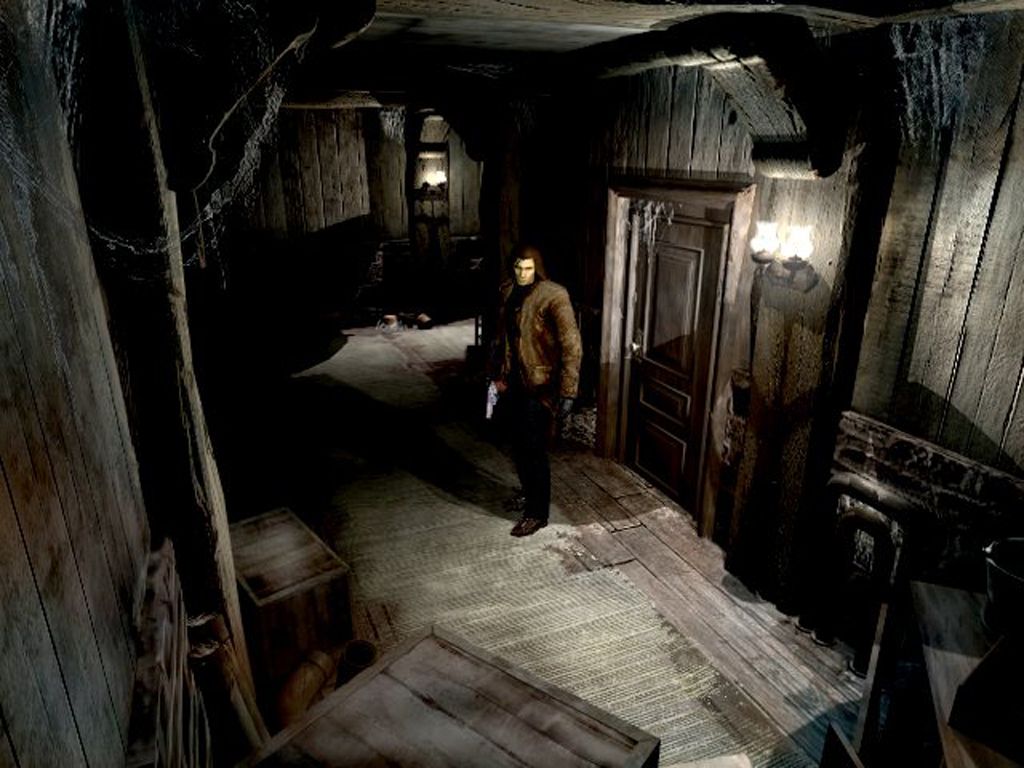 THQ
Nordic
THQ
Nordic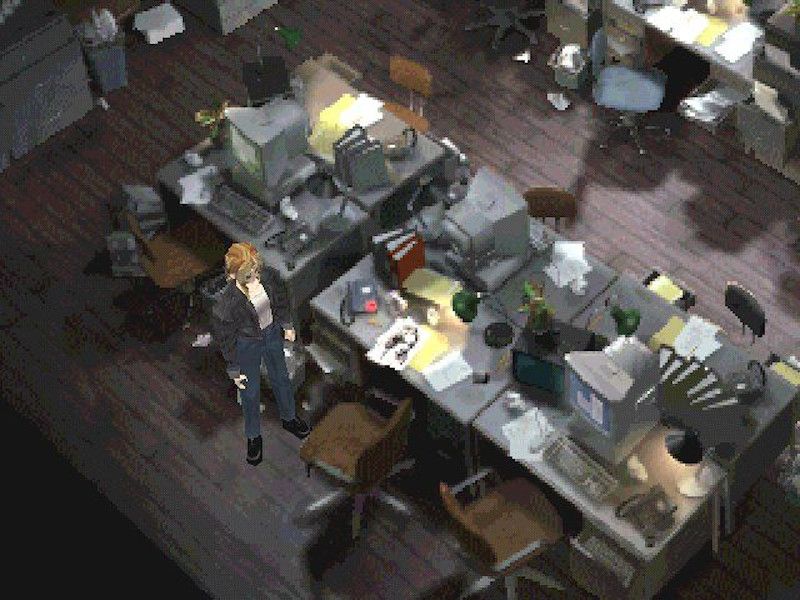 Square
Enix
Square
Enix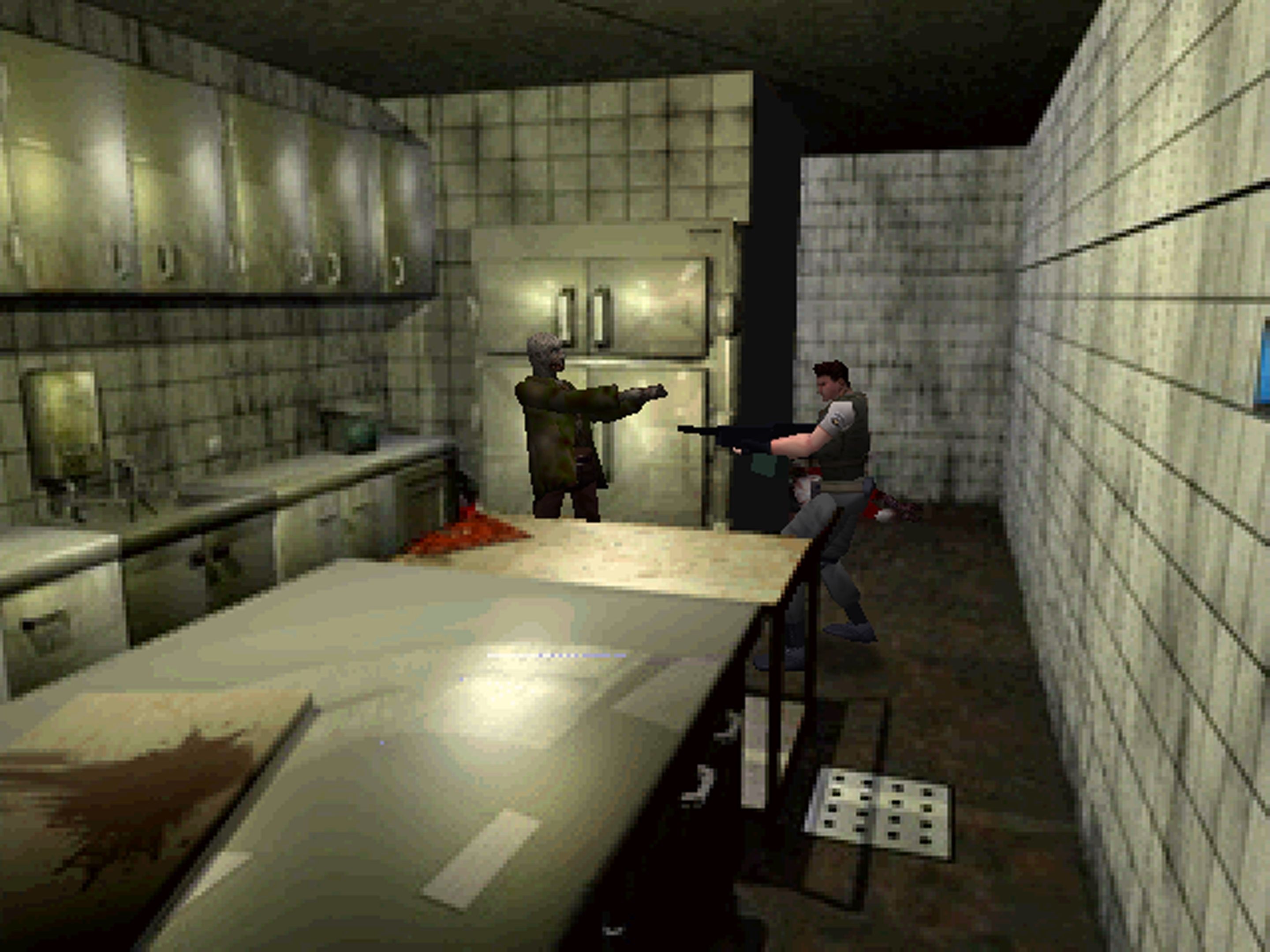 Capcom
Capcom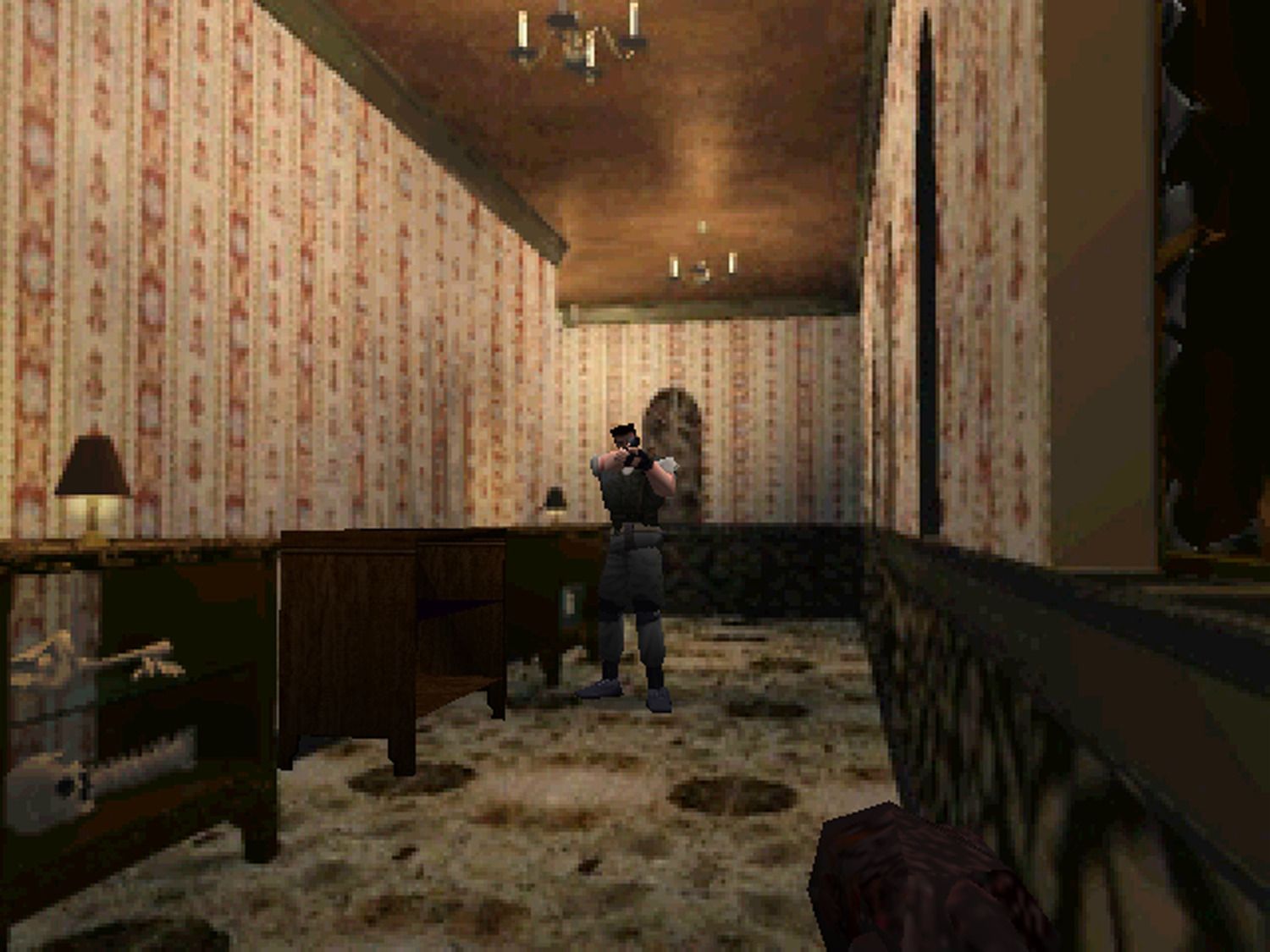 Capcom
Capcom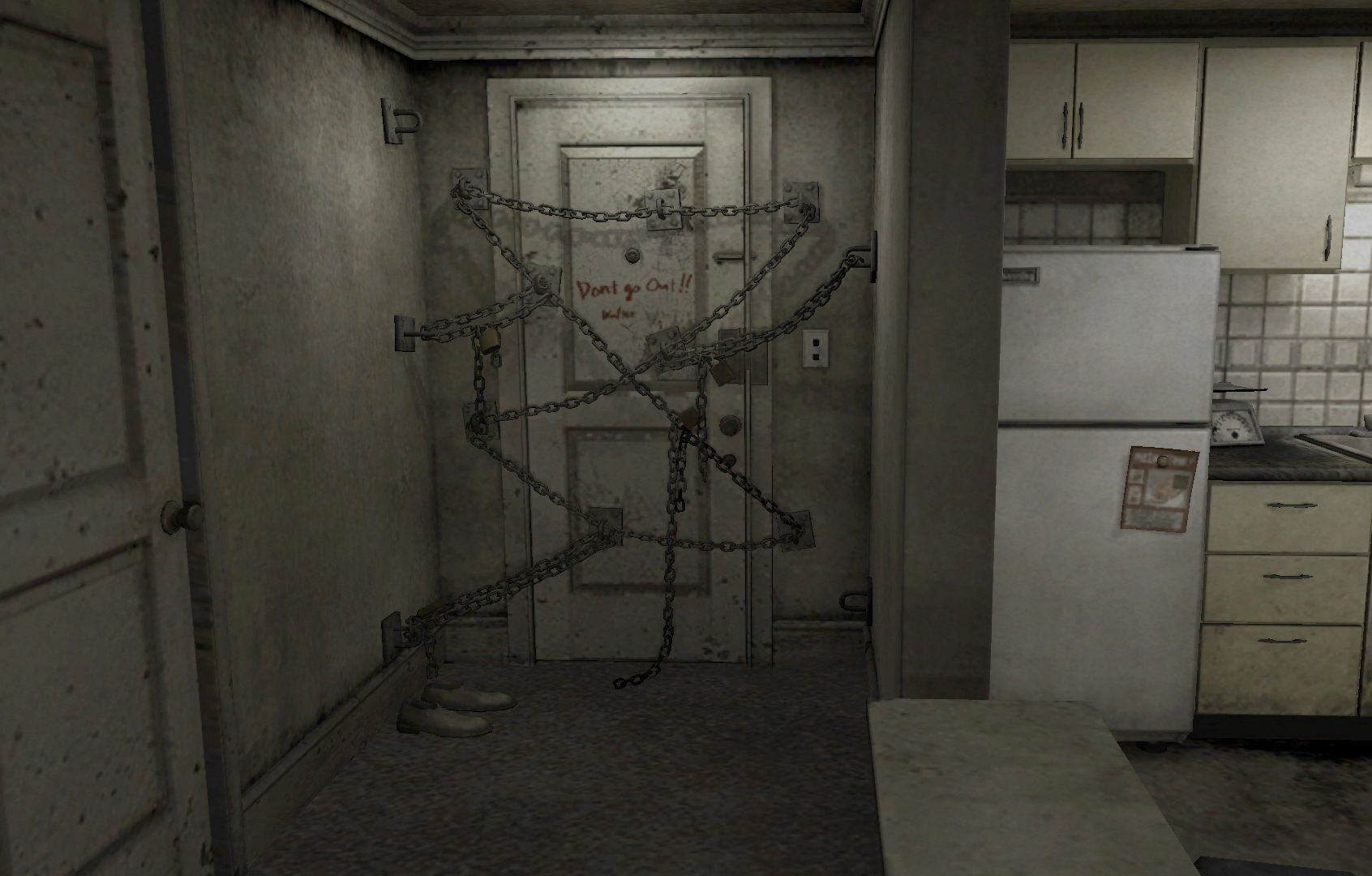 Konami
Konami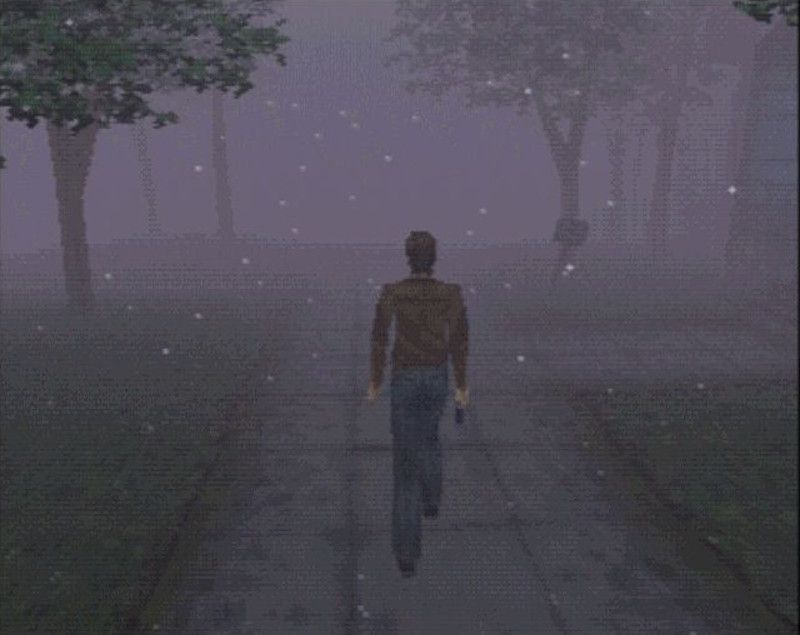 Konami
Konami Casper
Croes
Casper
Croes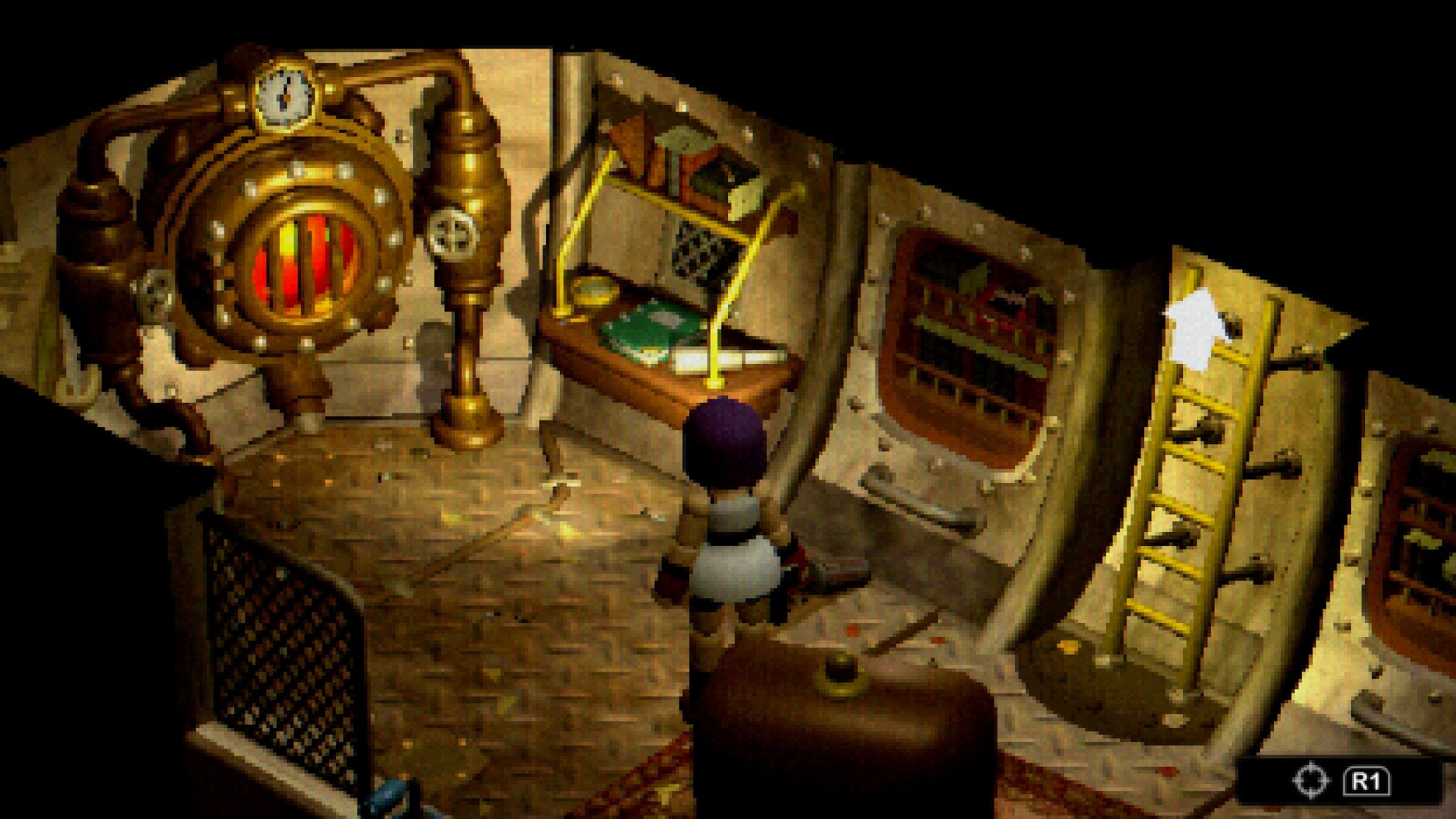 SFB
Games
SFB
Games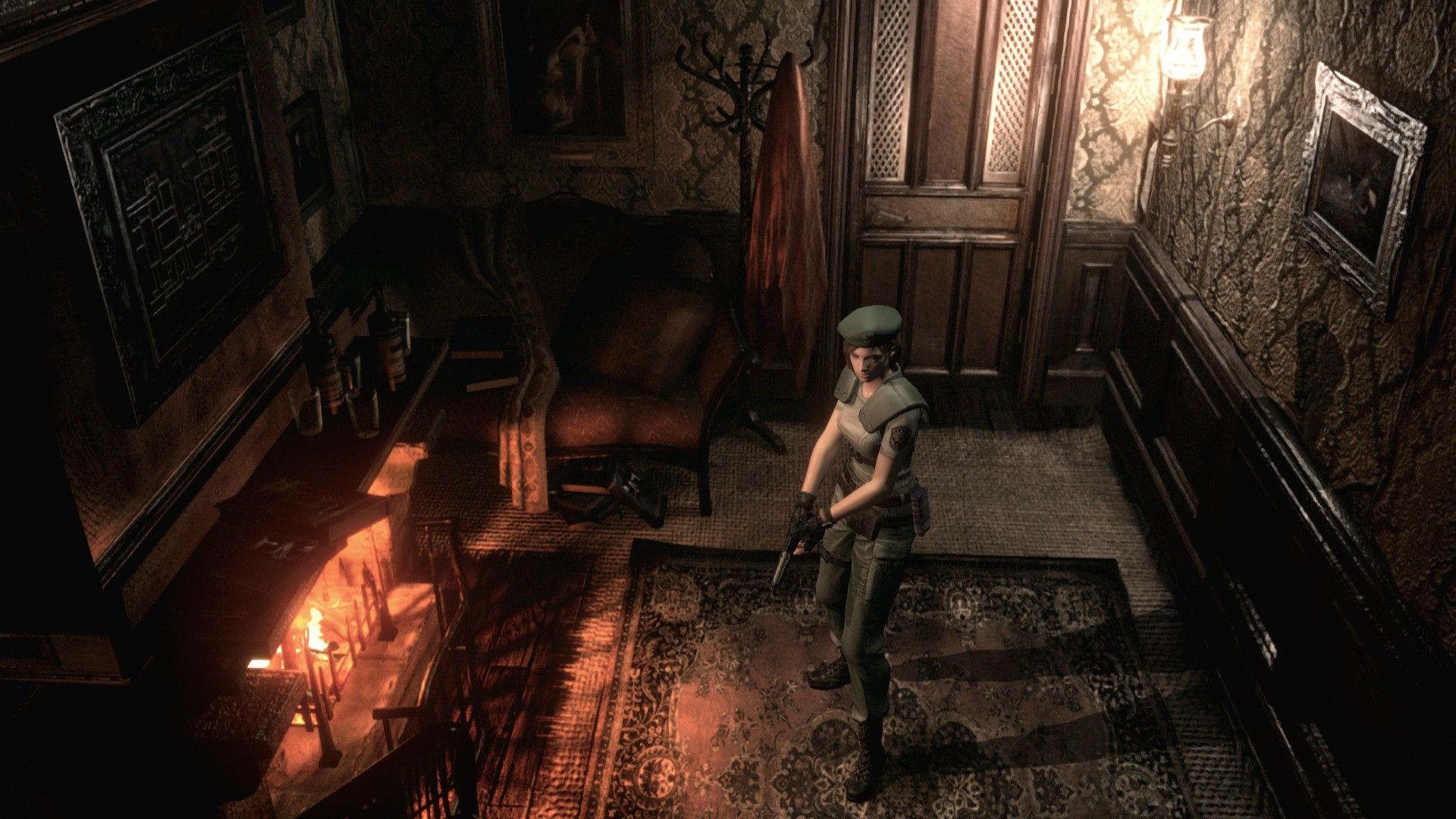 Capcom
Capcom
Comments